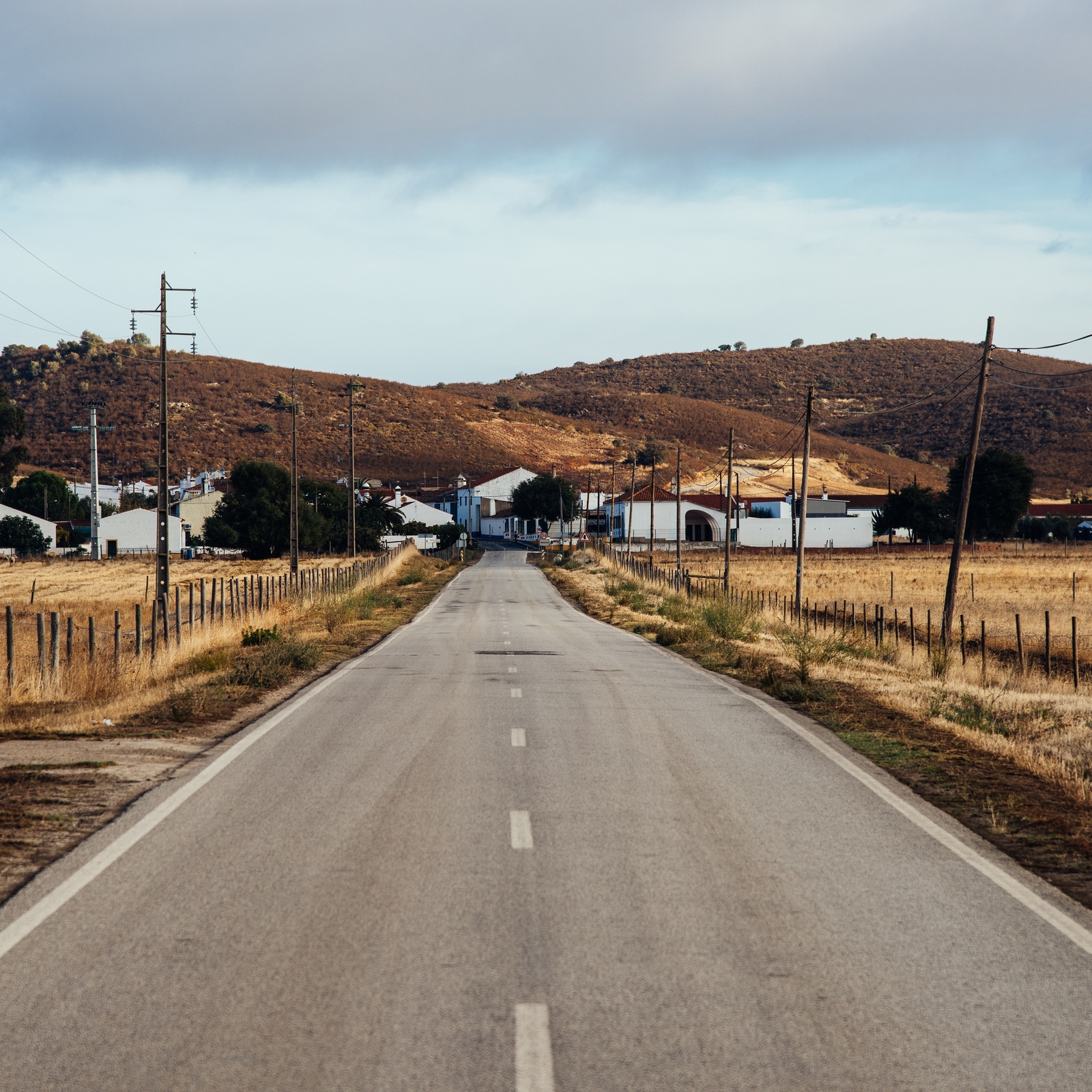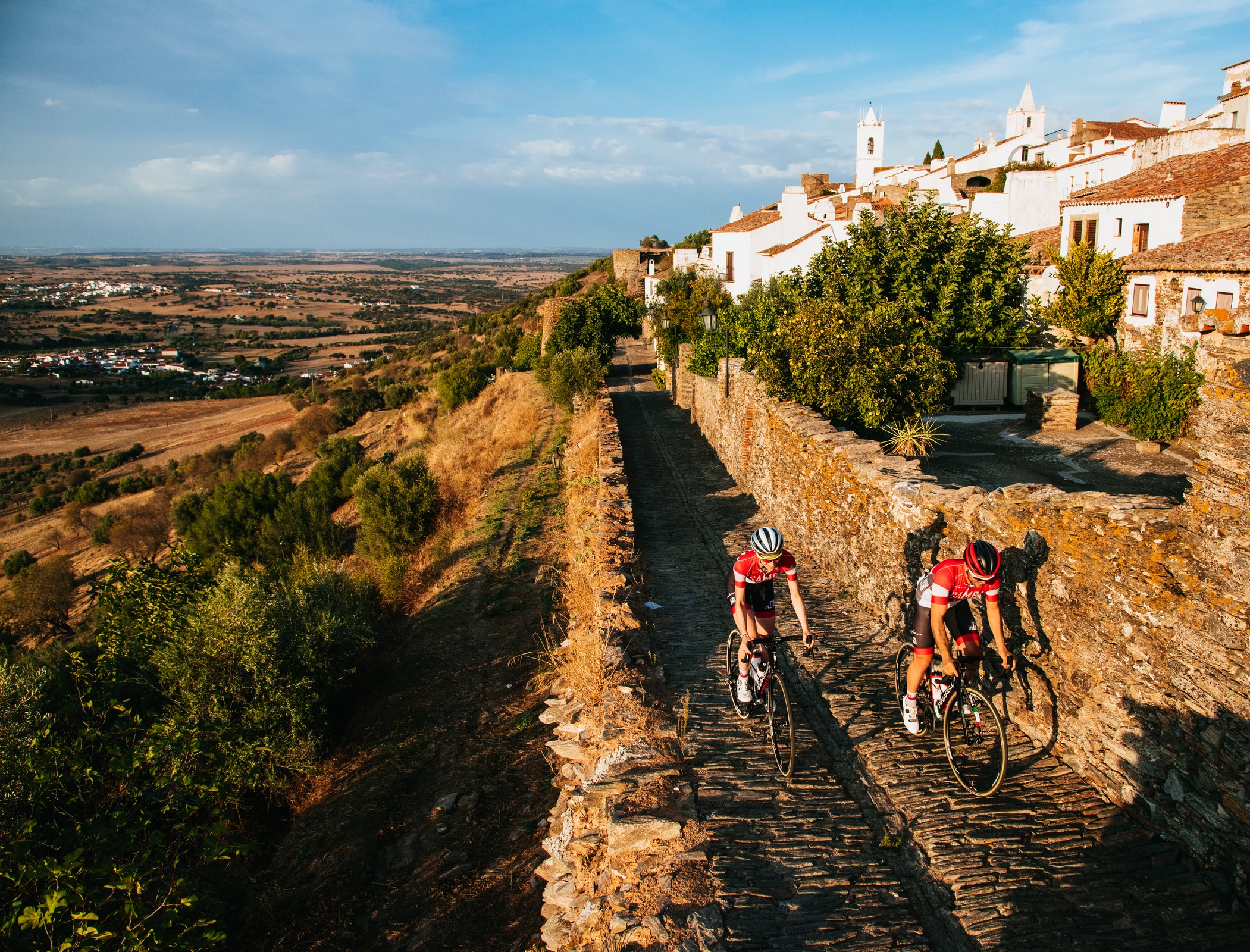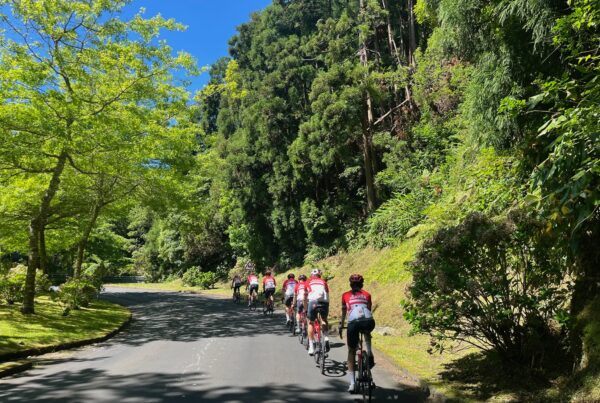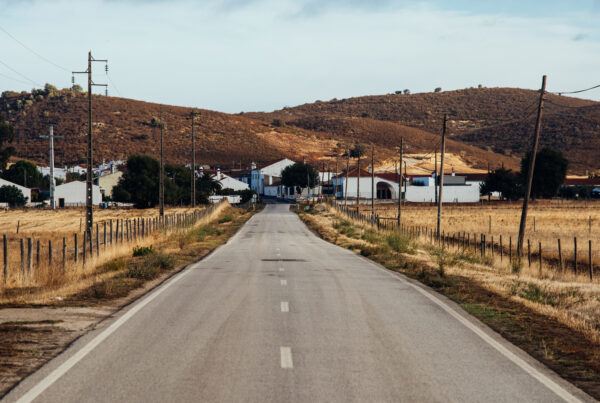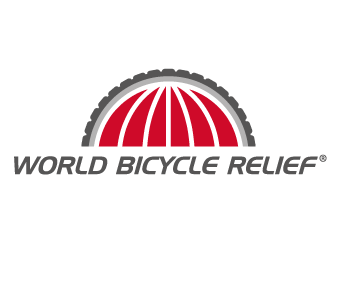Ben Delaney has been in virtually every position a cycling journalist could occupy, from running one of the most prominent cycling magazines in the world—VeloNews—to his humble beginnings as a (seriously) newspaper delivery boy, hucking papers at porches from his single-speed Schwinn.
Now, he’s carved himself a new niche in the gravel cycling world as a YouTuber, proving that you can teach an old(er) journalist new tricks. We caught up with Ben a few weeks before his trip to Portugal with cycling legends Ted King and Laurens Ten Dam to chat about everything from what you pack for a trip like this to how the media landscape in cycling is rapidly shifting. (And yes—you can still join them on the trip!)
The Colorado-based YouTuber spends much of his year chasing the best in gravel: The best races and bikes. His decades in the cycling industry mean that not only has he seen the evolution of the sport, but he also knows exactly what the best tech options are and which are just marketing hype.
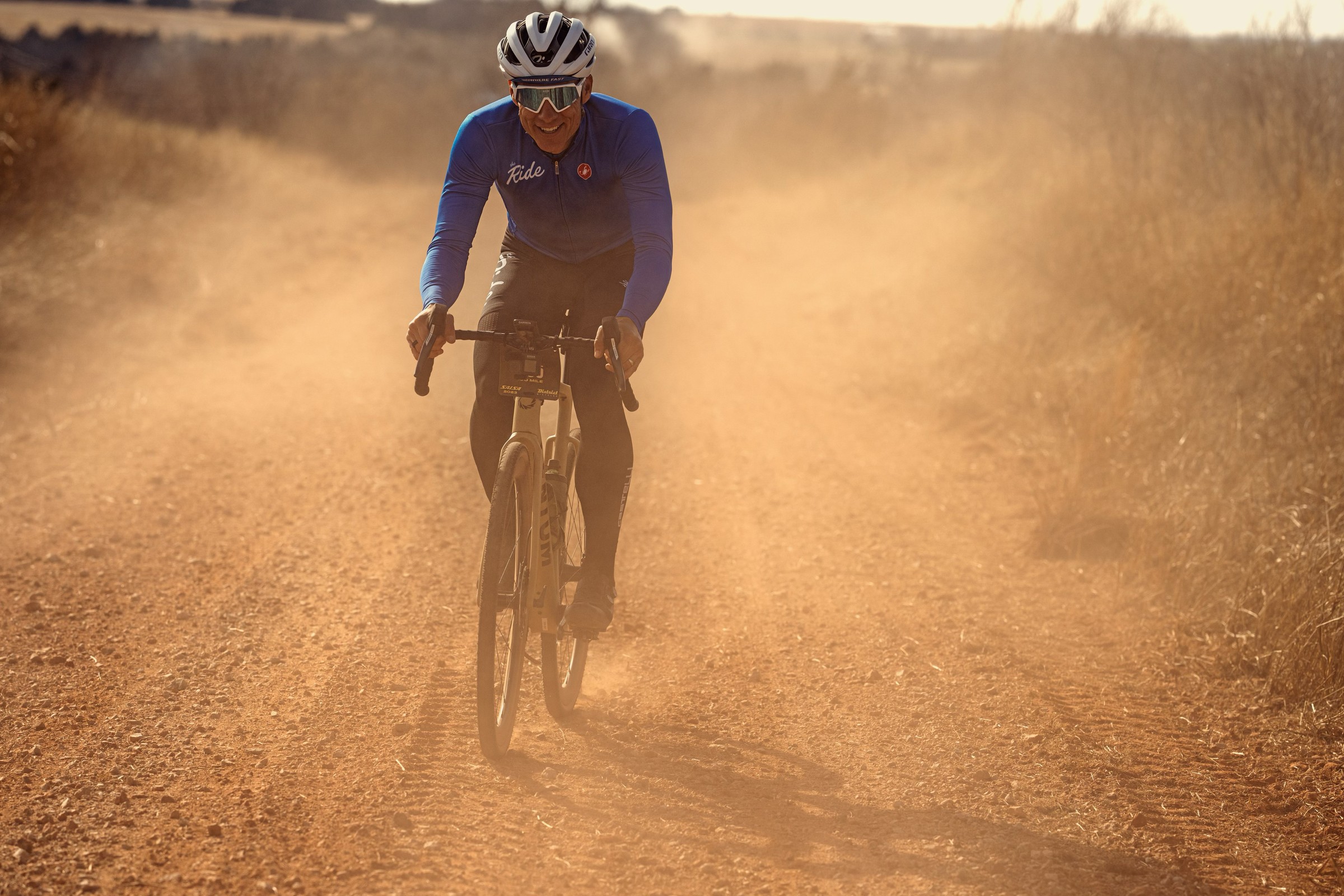
Getting ready for a trip like this is easy for someone like Ben, who’s been racing gravel’s most prolonged and arduous races as he reports which tech makes the most sense for which race. But like many who work in the cycling industry, riding for him tends to have a ‘feast or famine’ feel—working in the bike industry sadly doesn’t mean riding them as much as you might imagine. But that also makes him the ideal person to sign up for a ride like this with Ted and Laurens, with 450 miles over three days, including almost 10,000 meters of climbing. It will be a considerable challenge, but it will be achievable even for someone who doesn’t put in 15+ hours on the bike per week.
“I know most people racing gravel and doing tours like this are working hard during the week, not riding their faces off as training prep,” he laughs. “That’s me too. But I still love the big rides where you finish, and all you want to do is lie down and press your face against a cold, tiled floor. I’m always up for adventures.”
That makes sense, given his willingness to take chances in his career. Most recently, he started his cycling YouTube channel titled The Ride with Ben Delaney. It’s a step away from the more mainstream cycling publications with an entire editorial staff, and he relished a change.
“I’ve been slinging stories on a bike since I was a kid,” he says. “My first job was as a paperboy. I’ve worked at many different cycling-based media outlets since then, from Bicycle Retailer to VeloNews to Bike Radar. Even shifting between outlets, there was always a crash course in what mattered to them, from industry insider knowledge on the retail side to racing content to gear focus with a heavy emphasis on SEO and keyword search—it’s been ever-evolving even within those more standard roles.”
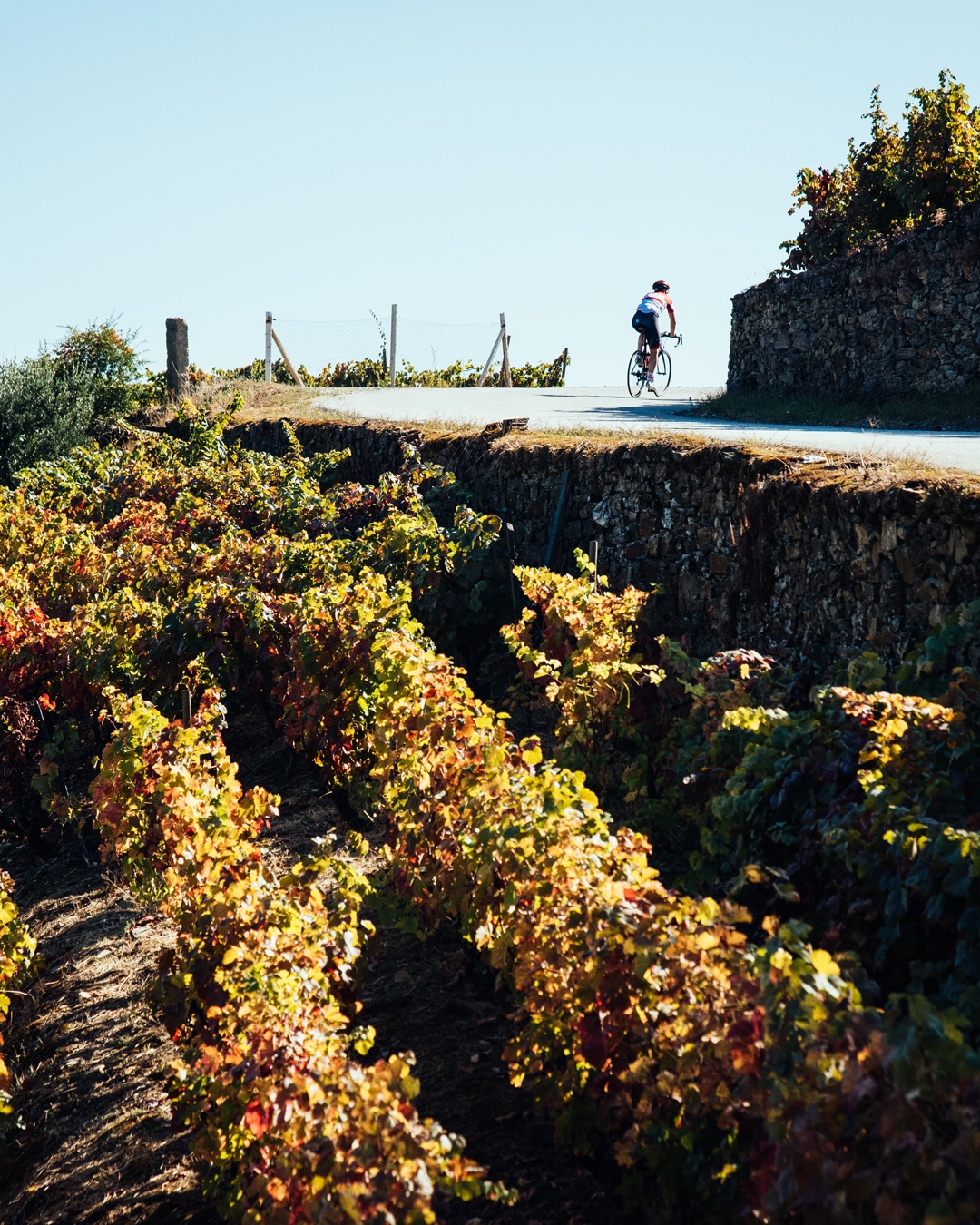
But one thing has remained constant: Ben wants to chase exciting stories, whether it’s a racer with a great backstory worth telling or an obscure brand with the perfect bag for a gravel race with lots of climbing. Cycling can get boring and repetitive, whether you cover racing or gear. But it doesn’t have to be: There’s always some new niche or nuance that can be discovered.
Gear is where Ben loves to live because he says it lets him ride for work. “You think covering racing is this incredible experience, and it can be. But it also can become pretty formulaic. It involves a lot of sitting on your butt watching TV or from a car. Switching from race to gear coverage was fun because I got to play bikes instead of just talking about other people playing bikes.”
”I'd come back from covering the Tour de France, and people would ask, 'What's it like to ride bikes to France?' I'd have to say, 'I have no idea. I can tell you about what it's like to drive in a press car every day, sit in a cigarette-smoke-filled press room, and watch people ride bicycles.'
Ben Delaney
On the other hand, gravel bikes and gravel gear meant a lot of playtime because that’s what the people want: “Gravel is not a spectator sport. Gravel is where people want to know about the gear because they’re out there doing the riding,” he says.
That’s where he got the idea for his now 25-thousand-strong subscriber channel. “I can show gravel gear visually and capture some of the fun of events where you can take that gear,” he says. “Some people are searching for gear, like the best gravel bikes for 2024. And some people are searching for events like Unbound gravel or the best gravel race near me, whatever. I wanted to make content that appealed to those people and answered their questions.”
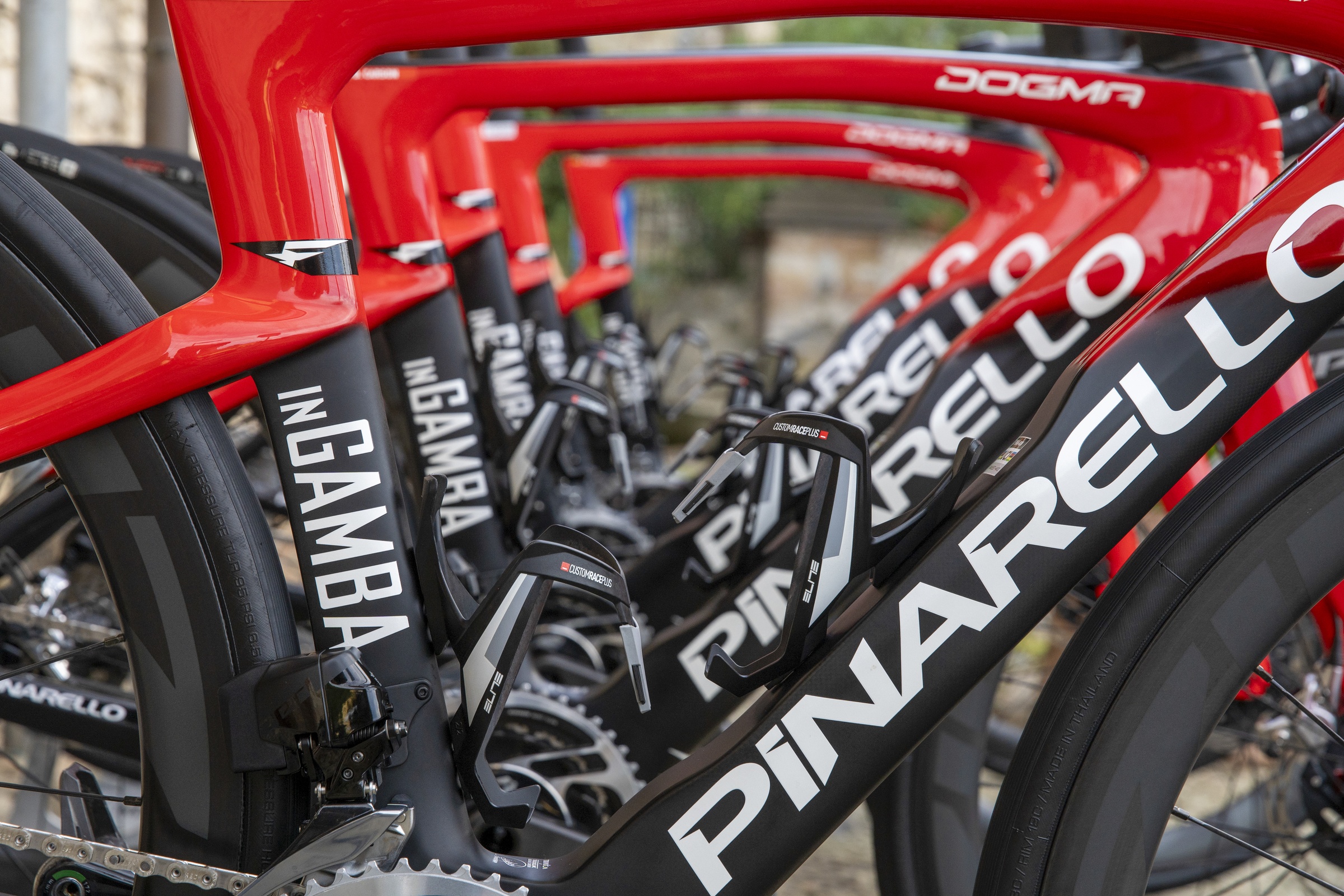
But how does someone who got their bachelor’s degree in print journalism—that’s right, print—when typewriters were still occasionally being used shift to going all in on video?
With a steep learning curve, that’s how. “The biggest frustration is the inability to rearrange words quickly,” he says. “If you flub the intro or the person you’re talking to stutters and stumbles, you can’t paraphrase or tighten it up. But at the same time, that does force some discipline: I need to have a tight intro and at least practice in my head so I can deliver it well.”
“It was a new challenge, going around the gravel circuit and using this new medium,” he says. “I learned how to edit and put it together because that was my only option.”
As someone who’s been working for the most prominent outlets, medium-sized outlets, and now as just himself, he sees the media landscape shifting and shifting fast. “There will always be the big brands crushing it, the Specializeds and Treks of cycling media,” he says. “But there are also the boutique cycling brands who aren’t trying to be the biggest but are thriving in their own way. The same is true for cycling media brands. I think the small channels like mine serve a significant audience and have a role to play in the new landscape. I think we can tell the real stories that bring people in.”
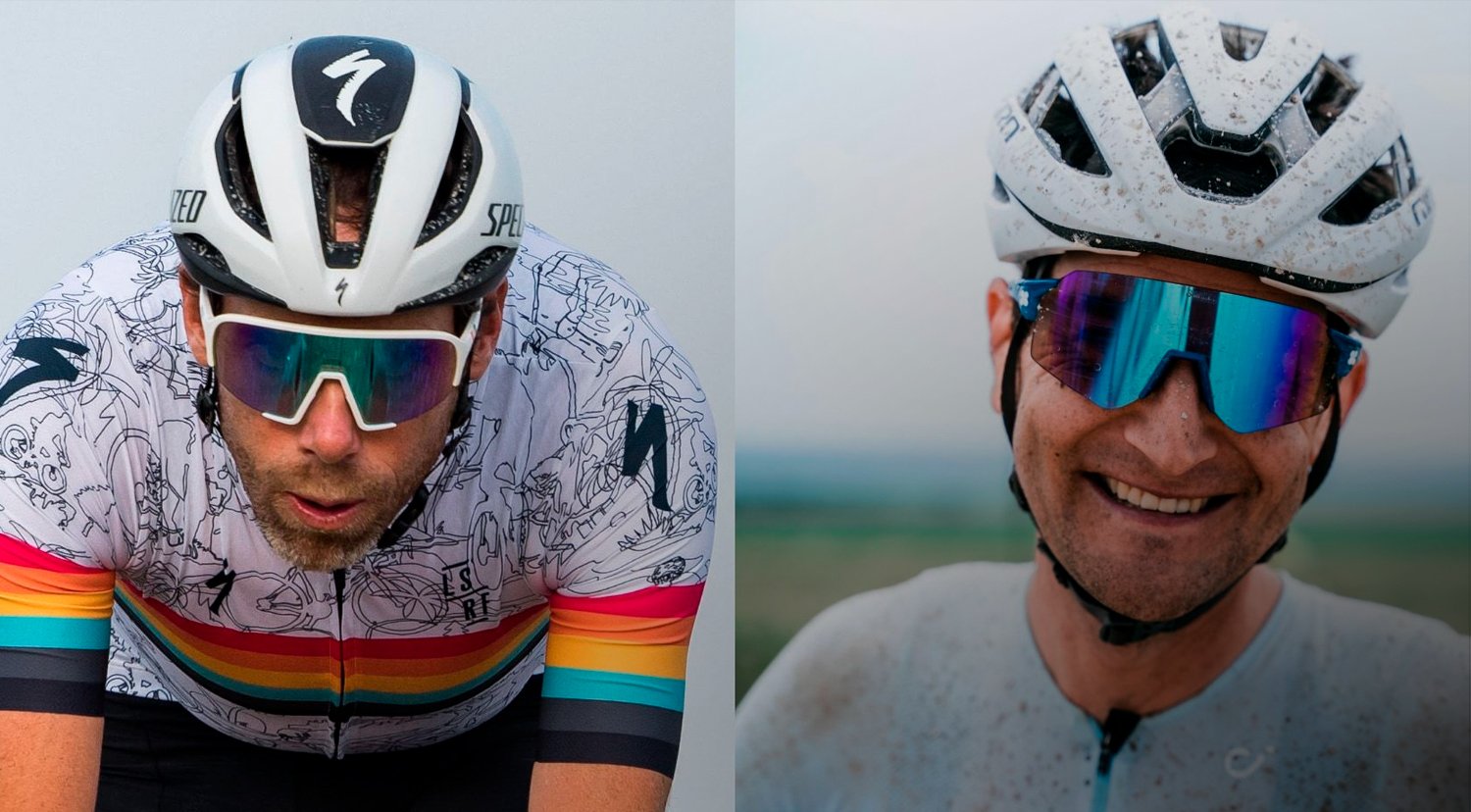
For a trip he has coming up with inGamba, the biggest challenge is capturing and distilling the beauty of a one-of-a-kind trip in a tidy way. “I love that inGamba’s philosophy is all about maximizing fun and minimizing friction,” he says. “All the best parts are intensified, and the stressful parts are minimized. I can ride my face off all day on sweet roads with good people without worrying about anything. You have to show up and ride. The bike is there. A mechanic is there. The fit is dialed in ahead of time. The food is all prepared and ready for you.” (That said, he will be BYOB—bringing his bibs—because even though a fresh inGamba kit is provided, he never goes on a press trip without a pair of bib shorts he loves and trusts, just in case.)
”What I'm excited about with this trip—in addition to the beautiful place and experience of riding there—is that I'm riding with Laurens and Ted. One of the beautiful things about cycling is spending time with interesting people from around the globe who also do what they love. That's a pretty special thing and an instant bond.
Ben Delaney
“Is the mileage intimidating? Sure… but it’s a positive challenge—a little nerve-wracking but exciting.”
“I remember the gear writer Leonard Zinn once was talking to me about cyclocross, and he said something to me that, at first, I didn’t understand, but then, it made a ton of sense,” Ben recalls. “He said, ‘I love cyclocross because it has the right amount of anxiety.’ I was like, ‘What the hell does that mean?’ But it makes perfect sense: You’re racing as hard as you can, and you do need to train to show up and do well, but it’s not like lions are chasing you. If you don’t finish, it’s okay. You live to ride another day. And that’s how I feel about this trip: It’s the perfect amount of nerves heading in.”
